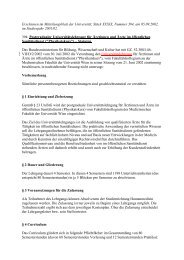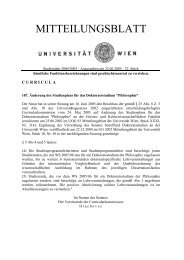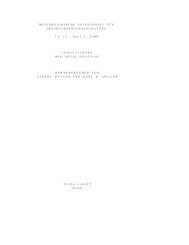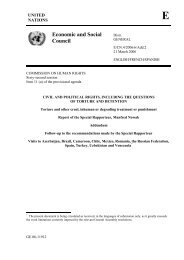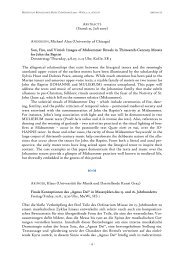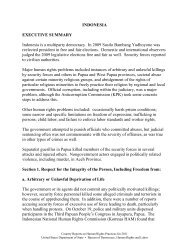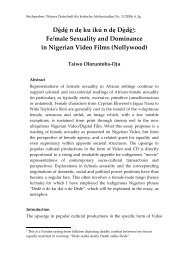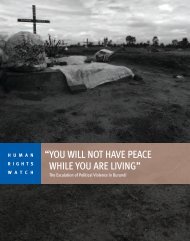Delivered Into Enemy Hands - Human Rights Watch
Delivered Into Enemy Hands - Human Rights Watch
Delivered Into Enemy Hands - Human Rights Watch
You also want an ePaper? Increase the reach of your titles
YUMPU automatically turns print PDFs into web optimized ePapers that Google loves.
The next day the US personnel overseeing his detention transferred him to another room<br />
where they took off all his clothes. They made note on a human body chart of every mark<br />
on his body. 248 They also took photographs of him naked. 249 Before boarding a plane, they<br />
replaced one blindfold with another, which allowed him to see a huge hangar with military<br />
equipment and large aerial bombs, indicating he was at an air base.<br />
He said he was put into a container containing a three-person American team wearing<br />
black T-shirts. These men accompanied him on the flight back to Libya. He was stripped<br />
again and more photos were taken of him naked. 250 Then they put him in diapers and put<br />
on earplugs, eye patches, and a hood over his head. He was given something to drink and<br />
some clothes. They handcuffed him to the seat and wrapped an adhesive or belt around<br />
him. He did not know it at the time but later learned that Khalid Sharif was with him.<br />
Upon arrival he heard Libyan voices all around him. “Being returned to Libya was the worst<br />
fear I had,” he said. “I thought this was the end—that the real interrogations were going to<br />
start and the real suffering was going to begin.”<br />
Mehdi said he was held in a number of different prisons in Libya. While conditions were<br />
very difficult, he was not physically abused. He was first detained for 14 months in Tajoura,<br />
where he said he was held in poor conditions, kept in solitary confinement for long periods,<br />
and subjected to numerous long and arduous interrogations. The questions very often had<br />
nothing to do with Libya but were about people from Saudi Arabia, Yemen, and other<br />
countries. His interrogators demanded information about the individuals and if they were<br />
part of al Qaeda. They often came with photos, sometimes with English writing next to them.<br />
He experienced the worst conditions while in Libya in his next place of detention, al Nasser<br />
bureau, where he was held for four and a half months. He was in solitary confinement<br />
during this time in a very small cell that he said was about 2 x 0.5 meters in size, with no<br />
light. “They just leave you there in this place and forget about you,” he said. “You don’t<br />
248 Bashmilah and Maqtari also describe examinations by a doctor who noted distinctive marks and injuries on a human<br />
body chart. See Bashmilah Declaration, http://www.chrgj.org/projects/docs/declarationofbashmilah.pdf, (accessed May 27,<br />
2012), para. 84; and Amnesty International, A Case to Answer, p. 26.<br />
249 Mehdi said in his interview that he remains concerned about the existence of these photos.<br />
250 See text box, “CIA Rendition Transportation Procedures,” (above).<br />
89 HUMAN RIGHTS WATCH | SEPTEMBER 2012




